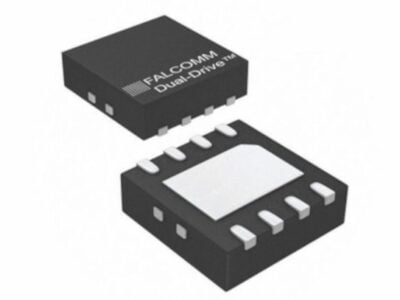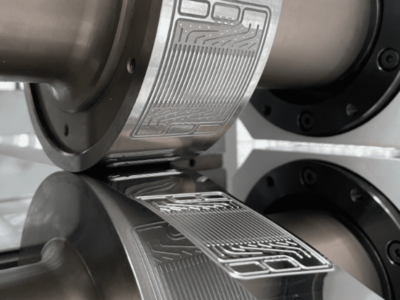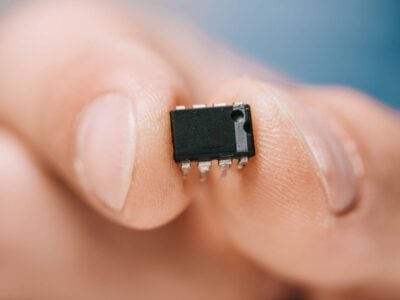
Fraunhofer claims breakthrough towards cost-efficient e-car batteries
"So far, this battery type hardly exceeded 200 charging cycles", explains Holger Althues, head of the department for Chemical Surface Technology at Fraunhofer IWS. "Through a specific combination of anode and cathode material we could increase the lifetime of lithium-sulphur button cells to 1400 cycles". The anode of the prototype does not consist of metallic lithium as this is the case with conventional designs but of a compound of silicon and carbon. This material features much higher mechanical ruggedness in that it changes much less during each charging cycle compared to lithium. This is relevant since the anode material tends to blend with the liquid electrolyte between cathode and anode and transports the electric current. During this process, the liquid decomposes to gas and solid materials. The consequence: The battery dries out. In extreme cases, the anode "grows" all the way to the cathode and generates a short circuit which in turn causes the battery to collapse completely.
The decisive factor for the performance and the lifetime of a battery is the interplay between anode and cathode. In the case of the lithium-sulphur battery, the cathode is formed of elementary sulphur. The advantage is that sulphur is available almost limitless – in contrast to cobalt, the material used in lithium-ion batteries. The abundant availability of sulphur makes the material also more affordable.
But also sulphur interacts with the liquid electrolytes, leading to performance degradation, in the worst case even to the complete loss of its capacity. In order to reduce the speed of this process, the Fraunhofer researchers use porous carbon materials. "We adjusted exactly the carbon pores to enable the sulphur to deposit at these places and to combine slower with the electrolytes", explains Althues.
In the long run, the researchers hope to reach an energy density of up to 600 Wh/kg with lithium-sulphur batteries. Current lithium-ion batteries reach only 250 Wh/kg. "In the medium term, figures of only about 500 Wh/kg would be realistic", says Althues. "But this still reflects twice the driving range of today’s batteries – at the same weight."
Besides electric vehicles, also aircraft and mobile devices could benefit from the technology.
The next steps for the Dresden research team will now be to further optimize the material mix and to adapt it to larger battery designs. Another area of interest will be industrial production methods for the lithium-sulphur battery, the scientist said.
 If you enjoyed this article, you will like the following ones: don't miss them by subscribing to :
eeNews on Google News
If you enjoyed this article, you will like the following ones: don't miss them by subscribing to :
eeNews on Google News




